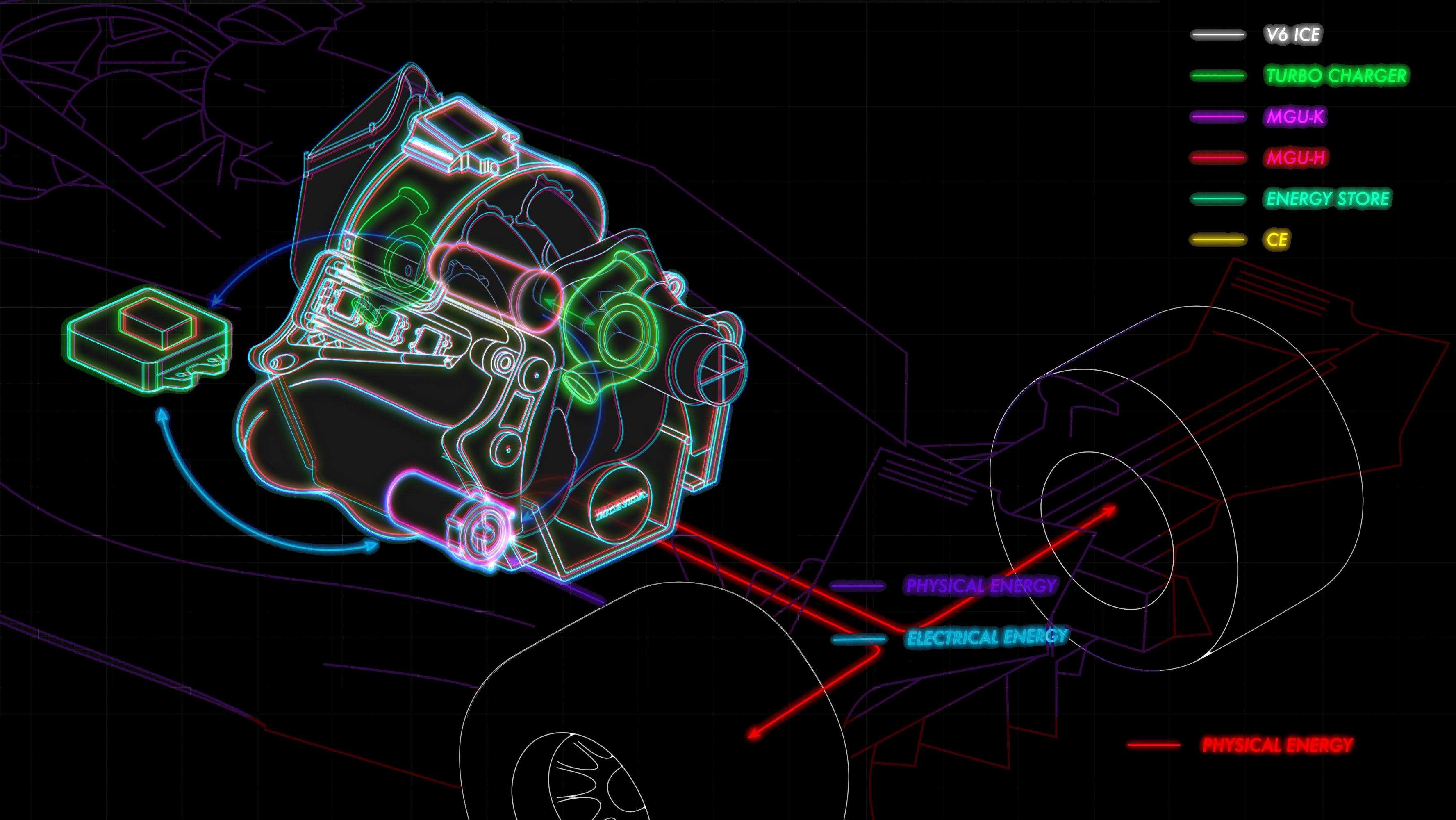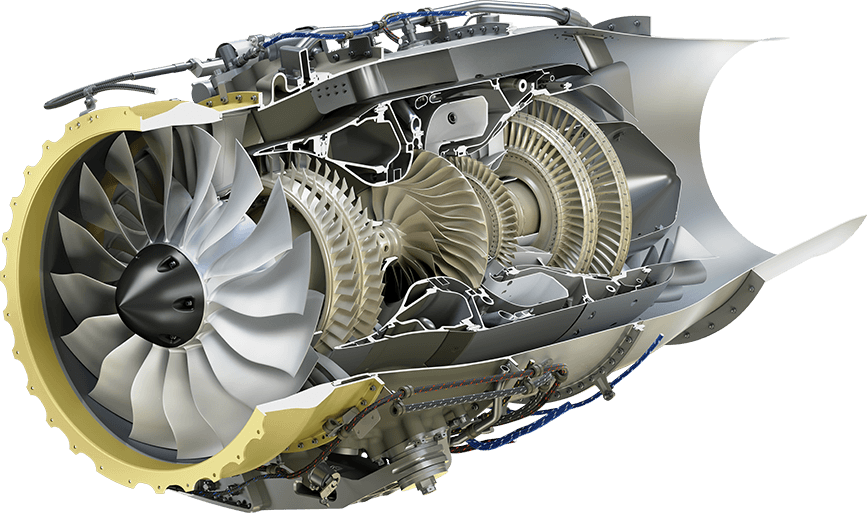The 'Spec 3' engine introduced at last weekend's French Grand Prix featured upgrades mainly around the turbo and the internal combustion engine.
Honda's F1 research and development personnel at Sakura have been working with their jet-engine counterparts for two years, and this collaboration paved the way for a major breakthrough with the reliability of Honda's MGU-H in for 2018's Spec 3 - which was introduced late last year.
Yasuaki Asaki, who heads up the Sakura side of the F1 operations, then suggested during a meeting of Honda bosses that a collaboration on the turbine side would also be beneficial.
"The jet engine itself is completely different," Honda F1 technical director Toyoharu Tanabe told Autosport. "But the turbocharger and MGU-H is kind of like the turbine in the jet.
"It uses high-speed rotation, and needs some aero design for the turbine.
"I think there is very common technology there."
Autosport understands that part of the inspiration taken from Honda's HF120 jet engine for the F1 project is a change in the design of the blades inside the components.
"If you're only working for F1 naturally your focus will be just inside this world," Honda F1 managing director Masashi Yamamoto told Autosport.
"We can have a different point of view from other areas, other people, have their advice.
"This time it was the aerodynamics area of the turbine.
"That new point of view give us the essence of some improvement."
The HF120 powers the award-winning HA-420 HondaJet, a six-seat light business jet, and operates in intense conditions at high altitude.
It comprises two turbines, a smaller high-pressure component with single crystal blades producing lower fuel burn and a larger, low-pressure, counter-rotating turbine that boasts lower weight.
With Honda introducing its Spec 3 engine for the eighth race of the 21-event season, the prospect exists for further development this year at the cost of grid penalties.
Tanabe said that the earlier-than-conventional introduction was "kind of according to plan" but also influenced by the "long-term" nature of the collaboration with the jet engine research and development team.
"It takes a long time," he said. "It's a bit difficult to say 'next month [it will be ready]'.
"We decided on the Honda side that we were ready, discussed with the teams which would be the best timing and decided to apply it [in France]."
Honda had already outlined that the new engine would not trigger a dramatic performance step, even though its dyno testing has registered a small power increase.
But it was satisfied with the reliability and calibration of its upgraded engine in France, and that should give it the platform to push for more power with subsequent upgrades.
"If you have a high-efficiency turbocharger, you can share that benefit to the ICE side and also the MGU-H side," said Tanabe.
"Especially in this Spec 3 development we have a high efficiency turbocharger.
"Then we can optimise the engine's total balance of performance.
"You can get more efficient energy from the turbocharger, and we can share it across the engine in terms of energy management."
https://www.autosport.com/f1/news/14435 ... 1-upgrades




